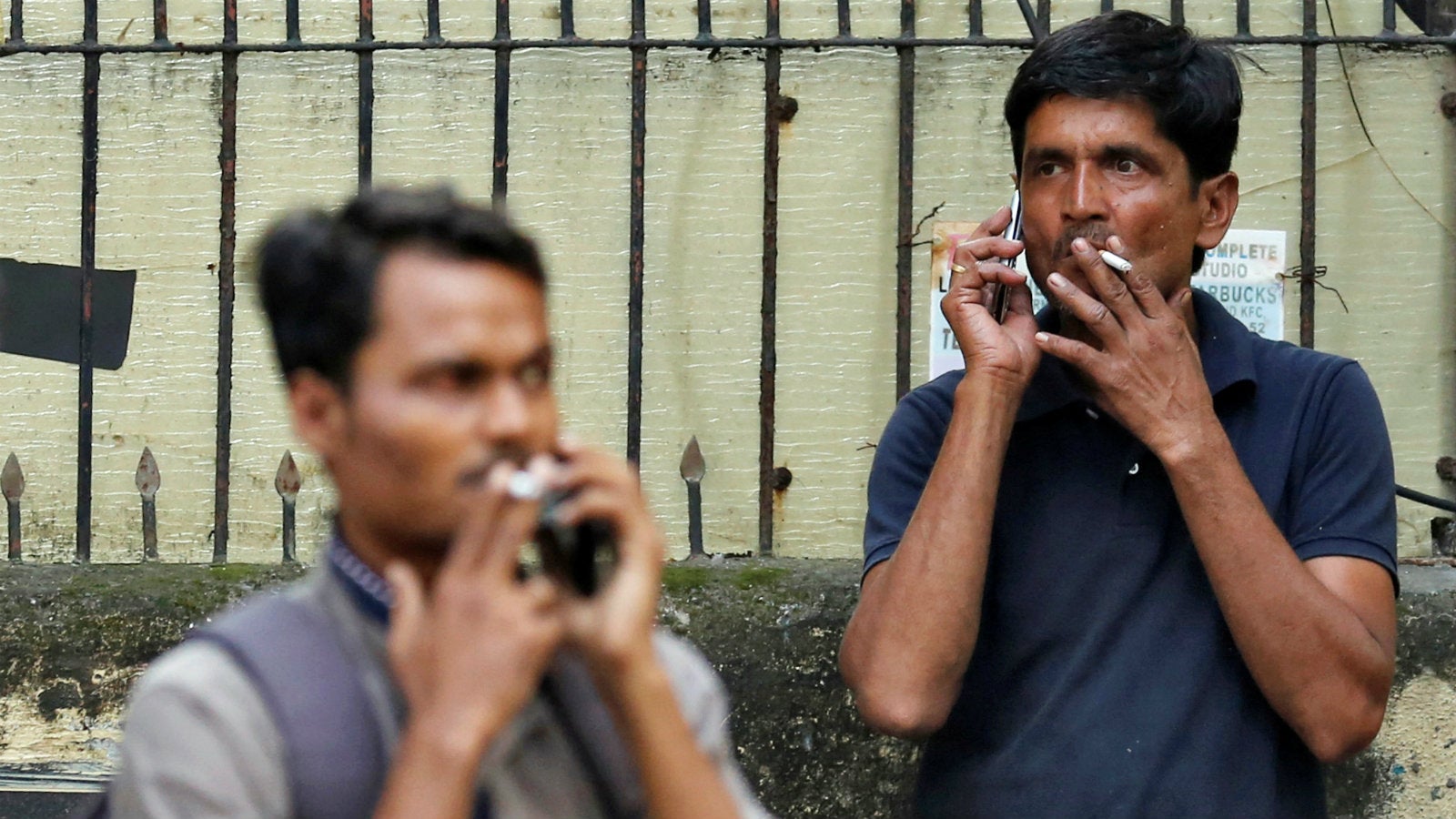Big Tobacco went up against the US and lost. Now it’s India’s turn to fight back
When it comes to tobacco control, India needs all the help it can get.


When it comes to tobacco control, India needs all the help it can get.
Since 2005, the government has stepped up efforts to raise awareness about the health risks of smoking. Among other initiatives, it has restricted the advertising of products and used gory images on cigarette packages to discourage buyers. As a result, tobacco-use prevalence has declined from 34.6% of the population in 2009-10 to 28.6% in 2016-17, the Global Adult Tobacco Survey (pdf) shows.
However, a staggering 267 million Indians (pdf) continue to smoke cigarettes and use smokeless variants such as gutka. Some 900,000 (pdf) people die every year due to this addiction, ranking India among the top four countries in the world for smoking-related deaths. The World Health Organisation had last year estimated the economic burden of tobacco-related diseases in India at Rs 1,04,500 crore annually.
The experience of the US, then, could offer some lessons to India.
In 1964, over 40% of Americans were smokers. Fifty years on, thanks to various initiatives, that number has declined to just over 15%, according to a case study by The Bridgespan Group, a Boston-based non-profit. This has saved the lives of over 8 million Americans, it says.
This is particularly relevant to India, where big tobacco firms such as Philip Morris have spotted an opportunity to expand their business, recycling the promotional strategies once used in the US, as reported by Reuters.
So here’s what India can do:
Establish the facts
The very first step in the US was to establish the health risks of tobacco by funding hundreds of research studies, the case study says. Even as tobacco companies spent millions of dollars to combat the bad press, the combined efforts of medical researchers, non-profits like the American Cancer Society and American Heart Association, and non-smoker rights groups promoted public awareness of the deadly effects of cigarettes and second-hand smoke.
“In 1964, US surgeon-general Luther Terry, a smoker himself, issued a damning report linking smoking to cancer, which finally started to cut through the false advertising,” the case study says. “The percentage of Americans who believed that smoking caused cancer jumped from 44% to 78% between 1958 and 1968…Adult smoking rates began to slowly decline as many tried to stop on their own.”
In India, the government and various non-profits have for years worked at raising awareness. For instance, as part of movie shows, cinema halls across the country screen videos about the ill-effects of tobacco use. The local media, too, has highlighted important research findings. These efforts may be paying off as, by 2016-17, some 55% of Indian smokers and 50% of smokeless tobacco users were planning to quit (pdf).
Nevertheless, a more widespread approach is needed in India as the largest segment of its tobacco users (around 199 million people) lives in rural areas, smoking beedis or relying on smokeless tobacco.
Identify who is smoking
Another key element of the US anti-smoking strategy was to use regular surveys to identify smokers and better target them through campaigns. This was particularly effective in the 1990s, the study says, when teen smoking rates in the US surged because of price cuts and special marketing strategies used by tobacco companies. Since 2000, the charitable organisation American Legacy Foundation, now called the Truth Initiative, has spent over $2 billion on an anti-smoking campaign specifically targeted at teenagers.
“(The initiative’s) marketing is credited as a major factor in teen smoking rates falling from 36.4% in 1997 to 15.7% in 2013,” the study explains.
Invest in a variety of approaches
Much of America’s success was due to the sustained use of a variety of approaches—from taxes and regulations to litigation and targeted marketing.
In India, it is a little different. Even as successive governments have implemented different strategies (pdf), including banning smoking in public places, mandating health warnings covering 85% of cigarette packages, and heavy taxing, the efforts have mostly ignored the real cause of the crisis: the large and unorganised beedi industry, with its significant political connections. While taxes on cigarettes have risen over 1,066% over the past two decades, beedis, or hand-rolled cigarettes, remain affordable and hugely profitable, even though the people who roll them are among India’s worst-paid workers, and vulnerable to respiratory infections.
Ultimately, it’s going to take a more expansive approach to address India’s smoking problem. And like in the US, it will require millions of dollars.